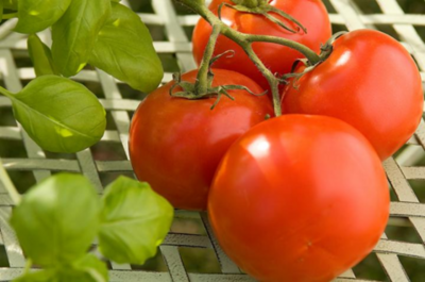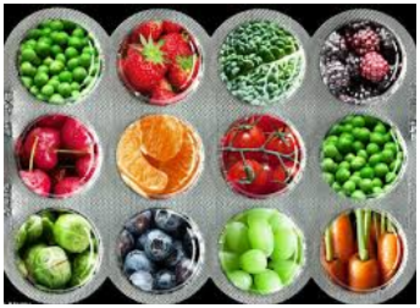From The Garden To Your Table |
Why garden? If you’ve never tasted garden-fresh vegetables (lots of people haven’t!), you will be amazed by the sweet, juicy flavors and vibrant textures. There’s absolutely nothing like them, especially if you grow the vegetables yourself—and you can! Our friends at the Old Farmer's Alamanac highlight the basics of vegetable garden planning: how to pick the right site, figure out how “big” to go, and how to select which vegetables to grow. WHERE AND HOW TO PLANT A VEGETABLE GARDEN Plant in a sunny location. Vegetables need at least 6 hours of direct sunlight per day. The more sunlight they receive, the greater the harvest and the better the taste. Plant in good soil. Plants’ roots penetrate soft soil easily, so you need nice loamy soil. Enriching your soil with compost - like our Mushroom Compost or Black Kow® provides needed nutrients. Proper drainage will ensure that water neither collects on top nor drains away too quickly.Space your crops properly. For example, corn needs a lot of space and can overshadow shorter vegetables. Plants set too close together compete for sunlight, water, and nutrition and fail to mature. Pay attention to the spacing guidance on seed packets and plant tabs. | 
VEGETABLE GARDEN PLOT SIZE A good-size beginner vegetable garden is about 16x10 feet and features crops that are easy to grow. A plot this size, based on the vegetables suggested below, can feed a family of four for one summer, with a little extra for canning and freezing (or giving away). Two weeks before transplanting seedlings outdoors, till soil to about 1 foot and mix in aged manure like Black Kow®, "The Mature Manure." Make your garden 11 rows wide, with each row 10 feet long. The rows should run north and south to take full advantage of the sun. Vegetables that may yield more than one crop per season are beans, beets, carrots, cabbage, kohlrabi, lettuce, radishes, rutabagas, spinach, and turnips. |

